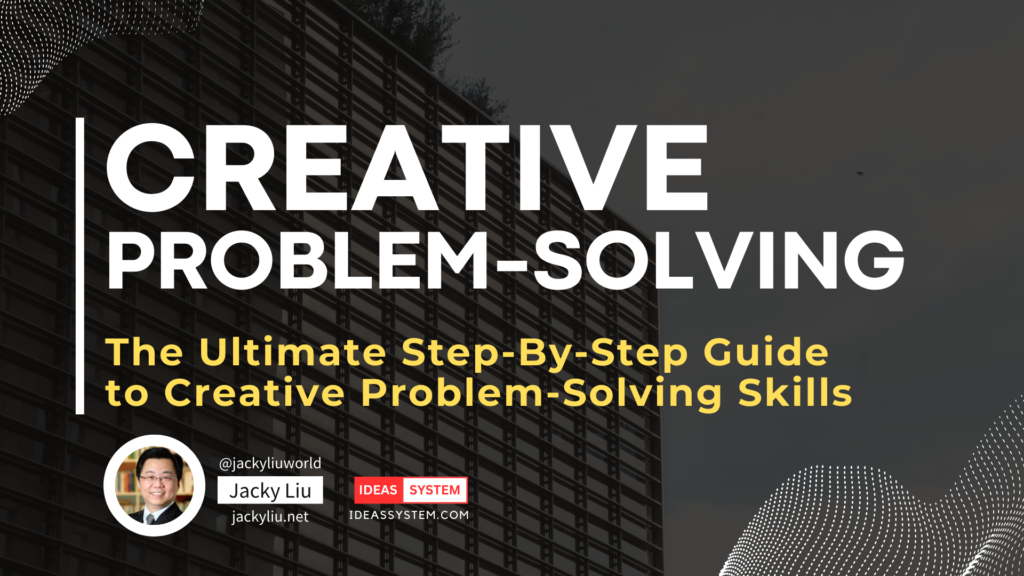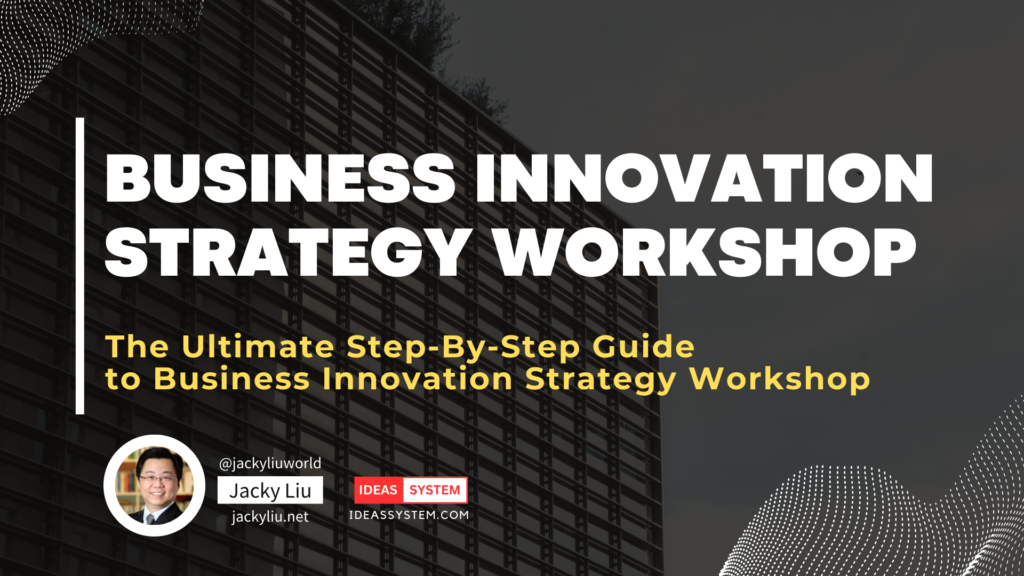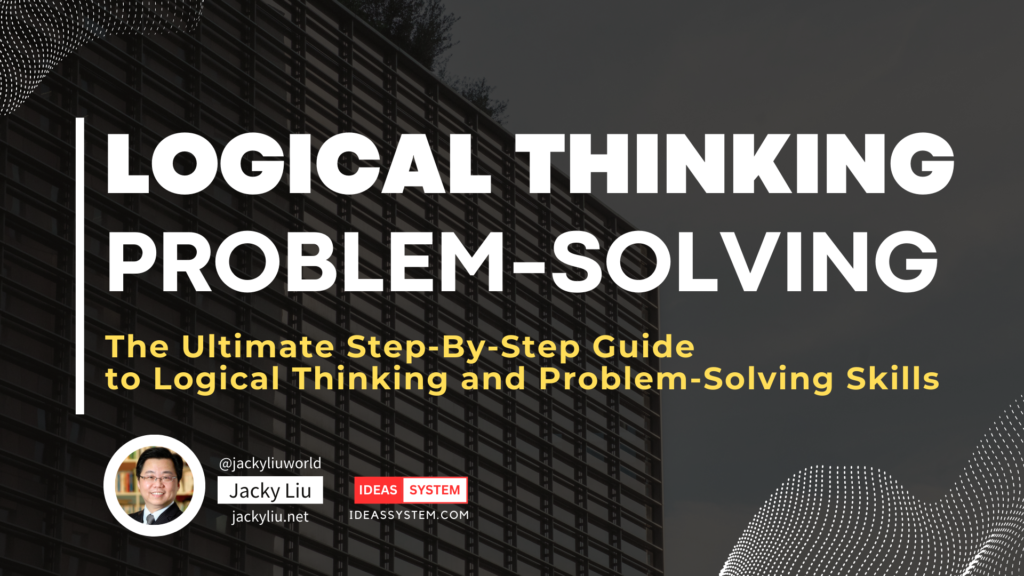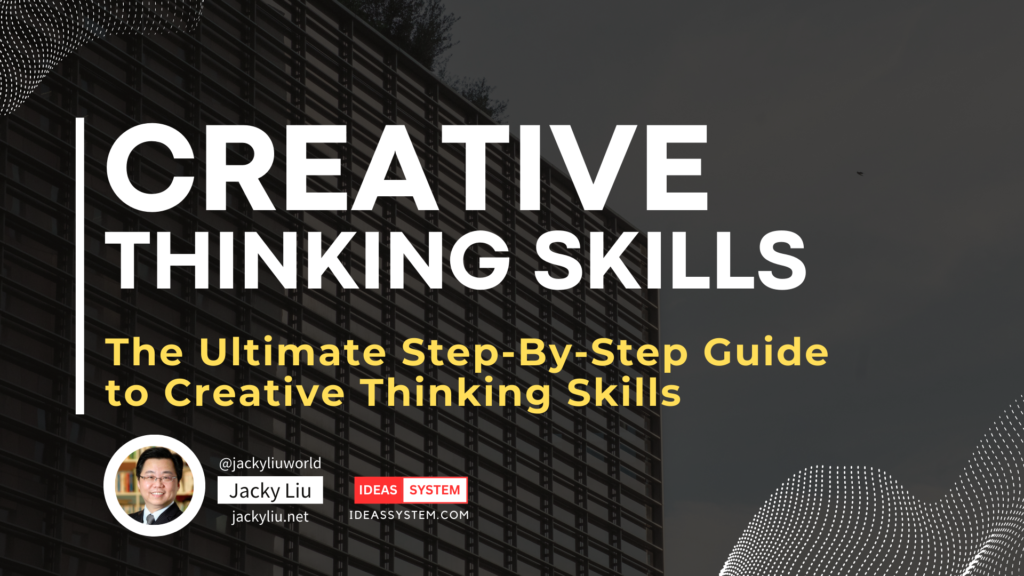Introduction to Creative Problem-Solving
Creative problem-solving is an essential skill that helps individuals and organizations address challenges in unique and innovative ways. By combining creative thinking techniques with systematic problem-solving processes, you can develop the ability to find effective solutions to complex issues. In this article, we’ll walk you through the ultimate step-by-step guide to creative problem-solving skills, from identifying the problem to learning and adapting.
The Importance of Creative Problem-Solving Skills
In today’s fast-paced world, being able to think outside the box and adapt to new situations is crucial for success. Creative problem-solving skills enable you to approach challenges with a fresh perspective, generate original ideas, and find effective solutions that might not be immediately obvious. These skills can help you excel in your personal life, your career, and your relationships.
Step 1: Identifying the Problem
Collect Information
Before you can solve a problem, you need to know what you’re dealing with. Gather as much information as possible about the issue at hand, including facts, data, opinions, and perspectives from various sources. This will help you get a clear understanding of the situation and identify the underlying problem.
Define the Problem Clearly
Once you’ve collected information, it’s essential to define the problem clearly and concisely. Try to state the issue in a single sentence or question, focusing on the main aspects that need to be addressed. This will serve as the foundation for your creative problem-solving process.
Step 2: Generating Ideas
Brainstorming
Brainstorming is a well-known technique for generating a large number of ideas in a short amount of time. Gather a group of people, or work alone if necessary, and encourage free-flowing, uninhibited thinking. Write down every idea, no matter how unusual or impractical it may seem. The goal is to generate as many ideas as possible, not to judge or evaluate them at this stage.
Mind Mapping
Mind mapping is a visual technique for organizing and connecting ideas. Start with the central problem and branch out into related topics, subtopics, and details. This can help you see connections and patterns that might not be immediately apparent, leading to innovative solutions.
Lateral Thinking
Lateral thinking is a method of solving problems by approaching them from unconventional angles. Rather than following traditional, linear logic, lateral thinking encourages you to make creative leaps, explore unlikely connections, and challenge established norms. By thinking outside the box, you can uncover unique solutions to problems that might not be discovered through conventional methods.
Step 3: Analyzing and Evaluating Ideas
Pros and Cons
After generating a list of ideas, it’s time to evaluate their feasibility and effectiveness. One way to do this is by listing the pros and cons of each idea. This can help you quickly identify the most promising solutions and discard those that may not work.
Prioritize and Rank
Once you’ve assessed the pros and cons of each idea, prioritize and rank them according to their potential impact and feasibility. This will help you narrow down your options and focus on the most promising solutions.
Identify Possible Solutions
With your prioritized list of ideas, identify the most viable solutions. These should be ideas that are both practical and have the potential to effectively address the problem at hand.
Step 4: Implementing the Best Solution
Develop an Action Plan
After selecting the best solution, create an action plan outlining the steps needed to implement it. This should include resources, timelines, and responsibilities for each step. Make sure to communicate the plan clearly to all stakeholders involved.
Monitor Progress and Adjust as Needed
As you implement your chosen solution, monitor your progress and make adjustments as needed. This may involve tweaking your approach or even revisiting previous steps in the problem-solving process. Stay flexible and open to change, as new information and challenges may arise.
Step 5: Learning and Adapting
Reflect on the Process
Once you’ve implemented your solution and seen its results, take the time to reflect on the entire problem-solving process. What worked well? What could have been done differently? By evaluating your performance, you can identify areas for improvement and develop your creative problem-solving skills further.
Incorporate Feedback
Gather feedback from stakeholders, colleagues, and anyone else involved in the problem-solving process. Their input can provide valuable insights into how your solution is working, as well as areas where you can improve your approach.
Conclusion
Creative problem-solving skills are essential for success in today’s dynamic world. By following this ultimate step-by-step guide, you can develop the ability to tackle challenges with a fresh perspective and generate innovative solutions. Remember to stay flexible, learn from your experiences, and continually refine your problem-solving abilities.
Frequently Asked Questions
What is the difference between creative problem-solving and traditional problem-solving?
Creative problem-solving involves using unconventional methods and techniques to generate unique solutions, while traditional problem-solving tends to rely on established methods and linear thinking.
Can creative problem-solving be learned or developed?
Yes, creative problem-solving skills can be developed through practice, training, and experience. By following the steps outlined in this guide and continually refining your approach, you can become a more effective problem solver.
Do I need to be naturally creative to be good at creative problem-solving?
While some people may have a natural aptitude for creative thinking, anyone can develop creative problem-solving skills through practice and effort.
What are some common barriers to creative problem-solving?
Common barriers include fear of failure, lack of confidence, groupthink, and an unwillingness to challenge established norms and assumptions.
How can I encourage creative problem-solving within my organization?
Foster a culture of innovation by encouraging open communication, providing opportunities for collaboration, and supporting risk-taking and experimentation.




